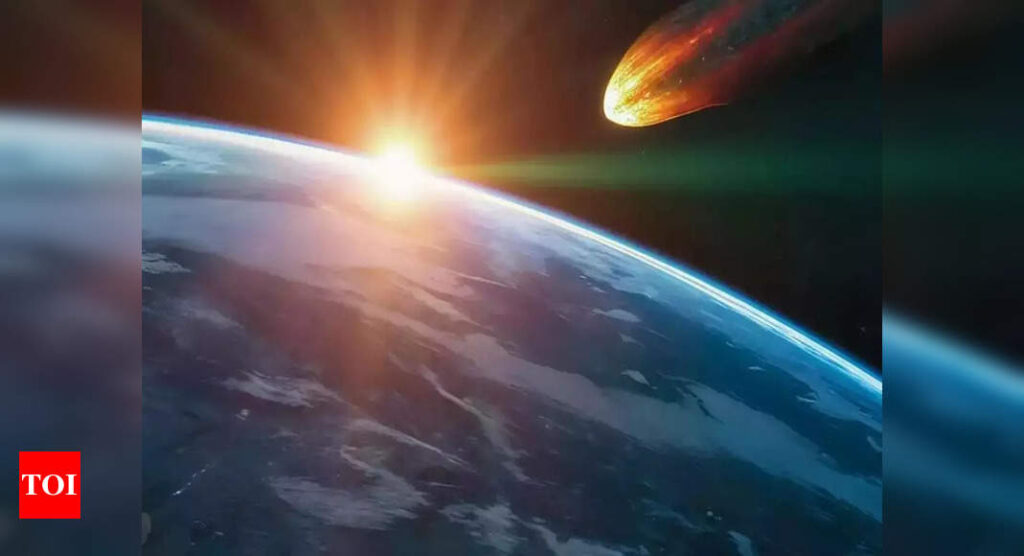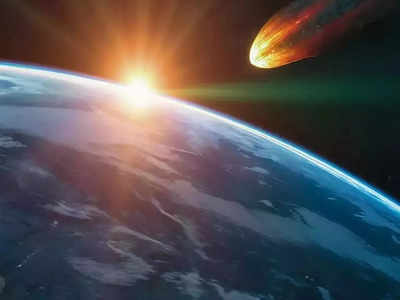
A massive asteroid, dubbed 2024 YR4, has captured global attention as both Nasa and China scramble to assess and counter the looming threat. With a 1 in 38 chance of impact in 2032, scientists warn that a collision could unleash devastation comparable to a nuclear explosion.
The race against time
Discovered in December by the University of Hawaii’s Institute of Astronomy, YR4 measures between 130 to 300 feet—large enough to obliterate an entire city.Newsweek reported that Nasa has classified it as the most dangerous near-Earth object currently being tracked. While impact odds shift, the risk remains high enough for urgent planetary defense efforts.
China has wasted no time. Its State Administration of Science, Technology, and Industry for National Defense (SASTIND) has launched a planetary defense team, actively recruiting asteroid monitoring specialists on WeChat. The initiative mirrors NASA’s DART mission, which in 2022 successfully altered an asteroid’s path using a kinetic impactor, as reported by Newsweek.
How will Earth fight back?
Both Nasa and China are exploring deflection strategies, with kinetic impactor technology at the forefront. The European Space Agency (ESA), also monitoring the asteroid, warns that impacts of this scale occur every few thousand years and can cause severe regional destruction.
Nasa Administrator Bill Nelson underscored the stakes. “All of us have a responsibility to protect our home planet. This mission shows that Nasa is trying to be ready for whatever the universe throws at us,” said Nelson.
What’s next?
With YR4 not expected to approach Earth until 2032, agencies have time—but not much. The ESA is providing regular trajectory updates, while Nasa and China refine their defense strategies.




